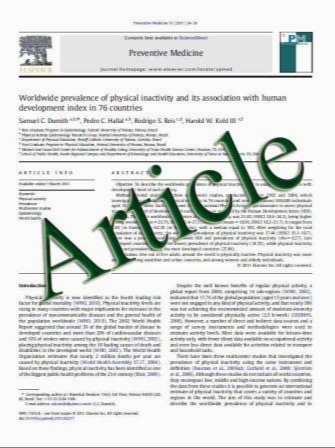Pauci-immune crescentic glomerulonephritis complicating Sjِgren's syndrome in a 12-year-old girl
- نوع فایل : کتاب
- زبان : انگلیسی
- مؤلف : Mikhail Kagan & Nataliya Bervina & Olga Vorobyeva & Carine Wouters & Elena Levtchenko
- چاپ و سال / کشور: 2011
Description
We read with great interest the article by Jung SK et al. on mesangial proliferative glomerulonephritis and IgA deposits in a child with Sjِgren's syndrome (SS) recently published in Pediatric Nephrology [1]. The most common form of renal involvement in SS is tubulointerstitial nephritis, generally causing mild renal dysfunction [2]. Glomerulonephritis (GN) is rare with membranoproliferative and membranous nephropathy being the most commonly described glomerular lesions, whereas crescentic GN has been only occasionally reported in adults [3, 4]. We followed a 12-year-old girl with primary SS, who presented with acute renal failure due to pauci-immune crescentic GN with severe tubulointerstitial damage. The patient had a 7-year history of sicca syndrome with enlargement of both lacrimal glands and an abnormal Schirmer's test, pointing to the diagnosis of SS. At the age of 12 years, she presented with general malaise and the biochemical signs of acute renal failure (creatinine 9.5 mg/dl, BUN 103 mg/dl), oliguria (0.4 ml/kg/h), moderate proteinuria (1.23 g/l) and microscopic hematuria. Antistreptolysin O, anti-cardiolipin and lupus anticoagulant antibodies were absent. Viral serology (hepatitis B and C, HIV) was negative as well. Rheumatoid factor and C3, C4 complement levels were normal. Anti-DNA antibody titer measured by ELISA was 1:200. ANCA, ANA, and Anti-Ro/SS-A could be measured by immunofluorescence on the 90th day only. C-ANCA and p-ANCA were negative, ANA titer (Hep-2) was 1:160 and Anti-Ro/ SS-A were present (+).
Pediatr Nephrol (2011) 26:991–992 DOI 10.1007/s00467-011-1760-x Received: 25 December 2010 / Revised: 29 December 2010 / Accepted: 29 December 2010 / Published online: 16 January 2011


